#Berliner Kunstgewerbemuseum
Text
More Than Human. Design nach dem Anthropozän: Berlin ab 22.03. 2024
Das Berliner Kunstgewerbemuseum startet im März 2024 eine neue diskursive Plattform mit Pop Up-Ausstellungen, Vorträgen, Workshops und Diskussionspanels, um sich mit dem komplexen Konzept des „More Than Human“ aus der Perspektive der Gestaltungsdisziplinen, insbesondere des Designs, auseinanderzusetzen. Das Projekt startet am 22. März 2024 mit einem international besetzten Symposium und wird bis…
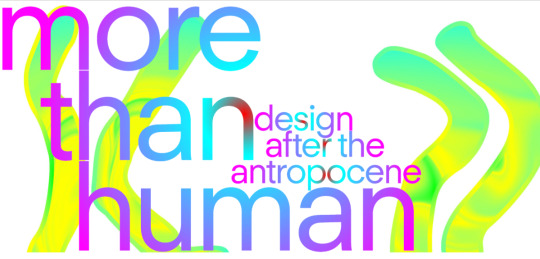
View On WordPress
#angewandte Kunst#Anthropozän#Berlin#Berliner Kunstgewerbemuseum#Claudia Banz#Design#Diskussionspanel#Donna Haraway#Handwerkskunst#Institute of Design Research Vienna#Kunstgewerbemuseum#Lynn Harles#Maurizio Montalti#More than Human#Natureculture#NaturKultur#Naturwissenschaften#Officina Corpuscoli#Praxis#Symposium#Theorie#Transformationsprozesse#Vortrag#Workshops#Wunderkammer
0 notes
Text

look what I found (Kunstgewerbemuseum Berlin)
#glass#glasses#berlin#june 2023#kunstgewerbemuseum#didn't take a pic of the little text unfortyyyy 🥲#guessing 20s or 30s tho#sorryyyy#non educational post#mine#(haha i wish)#insanely pretty#wine glass#in my camera roll
7 notes
·
View notes
Video
R0001547 par Michael Roggemann
9 notes
·
View notes
Text
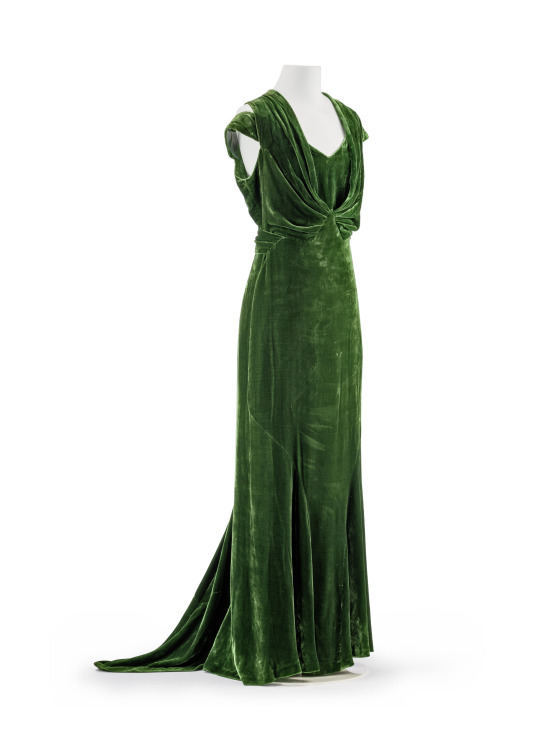
ab. 1932 Velvet evening dress by Jean Patou
(Kunstgewerbemuseum Berlin)
2K notes
·
View notes
Text

Evening dress by Callot Soeurs, 1908. Kunstgewerbemuseum, Staatliche Museen zu Berlin.
118 notes
·
View notes
Text

Kunstgewerbemuseum (1967-85) in Berlin, Germany, by Rolf Gutbrod
#1960s#museum#architecture#germany#nachkriegsmoderne#nachkriegsarchitektur#architektur#berlin#rolf gutbrod
88 notes
·
View notes
Text

Gunta Stölzl: Weberei am Bauhaus und aus eigener Werkstatt, Edited by Magdalena Droste, Marion Ellwanger / Bauhaus-Archiv, Berlin, Kupfergraben Verlag, Berlin, 1987 [Museum für Gestaltung Zürich]
Exhibitions: Bauhaus-Archiv, Berlin, February 4 – April 26, 1987; Kunstgewerbemuseum Zürich, June 3 – July 26, 1987; Gerhard-Marcks-Stiftung, Bremen, August 16 – September 27, 1987
#graphic design#design#art#textile#tapestry#drawing#geometry#pattern#exhibition#gunta stölzl#magdalena droste#marion ellwanger#bauhaus archiv#kunstgewerbemuseum zürich#gerhard marcks stiftung#kupfergraben verlag#museum für gestaltung zürich#1980s
37 notes
·
View notes
Text

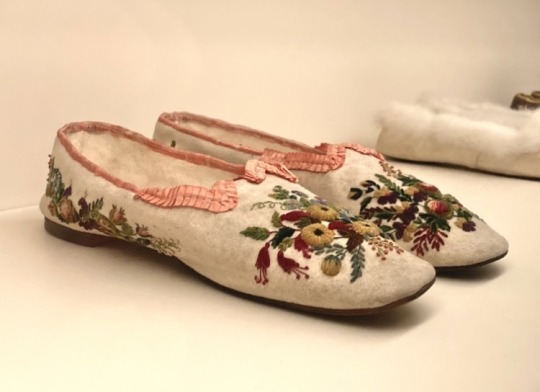

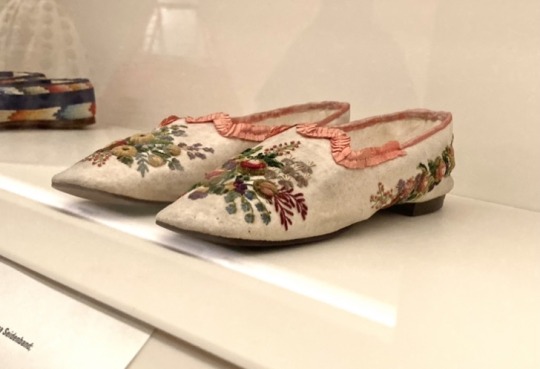

Lady’s slippers, 1840 (England) - Felted wool and leather, wool and silk embroidery/trim, linen lining
Kunstgewerbemuseum, Berlin
#fashion#19th century#victorian#embroidery#the covetousness that overwhelmed me was extreme#GIVE. SHOE.
128 notes
·
View notes
Text

Antje Brüggemann and Gruppe 83 | Ceramics as Art https://www.artlimited.net/agenda/antje-bruggemann-and-gruppe-83-ceramics-as-art-exhibition-kunstgewerbemuseum-berlin/en/7586176
2 notes
·
View notes
Text

Designed by Alma Siedhoff-Buscher

Alma Siedhoff-Buscher (4 January 1899 – 25 September 1944), born Alma Buscher, was a German designer. She trained at the Reimann School in Berlin, the Unterrichtsanstalt des Kunstgewerbemuseums Berlin and the Bauhaus. Via Wikipedia
4 notes
·
View notes
Text
Elektrisierend! Galvanoplastische Nachbildungen: Koepenick bis 01.10.2023
Das Berliner Kunstgewerbemuseum zeigt im Schloss Köpenick eine Auswahl von rund 100 Galvanoplastiken aus eigenem Bestand. Dabei handelt es sich um Repliken von bedeutenden historischen Goldschmiedewerken, die im 19. Jahrhundert angefertigt wurden. Sie wurden in den letzten Jahren kunsttechnologisch untersucht und restauratorisch bearbeitet.
Die Galvanoplastik war vor 150 Jahren ähnlich innovativ…

View On WordPress
#3D-Druck#angewandte Kunst#Österreichisches Museum für Kunst und Industrie#Berliner Kunstgewerbemuseum#Christofle#Galvanoplastik#Gerät#Goldschmiede#Goldschmiedewerke#Handwerk#Handwerkskunst#Inspiration#Kunsthandwerk#Pokal#Schloss Köpenick#Tafelaufsatz#Technikbegeisterung
0 notes
Photo

Karl Blossfeldt, Oriental poppy.
Karl Blossfeldt, (1865 - 1932), German photographer known for his stark close-up portraits of plants, twigs, seeds, leaves, and other flora.In 1881 Blossfeldt began his studies as an apprentice at the Art Ironworks and Foundry in Mägdesprung, Germany, where he studied sculpture and iron casting. He then moved to Berlin to study at the School of the Museum of Decorative Arts (Kunstgewerbemuseum).
In 1890 Blossfeldt received a scholarship to study in Rome under Moritz Meurer, a decorative artist and professor of ornament and design. Along with several other assistants, Blossfeldt created and photographed casts of botanical specimens in and around Rome. He continued to work with Meurer through 1896 and traveled beyond Italy to North Africa and Greece to collect specimens. Beginning in 1898 Blossfeldt taught design at the School of the Museum of Decorative Arts (Kunstgewerbeschule), and in 1930 he became professor emeritus. There he established a plant photography archive that he used to teach his students about design and patterns found in nature.
Blossfeldt had no formal training as a photographer and used homemade cameras that he outfitted with lenses capable of magnifying his subjects up to 30 times their natural size. The use of magnification resulted in images of extreme detail and clarity. With the precision of a botanist, Blossfeldt photographed the natural world for scientific and pedagogical purposes and inadvertently became a modern artist. His work was considered the forerunner to Neue Sachlichkeit photography, which favoured sharply focused documentarian images. In 1926, when Blossfeldt was already in his 60s, his work was exhibited to the public for the first time at Berlin’s avant-garde Galerie Nierendorf.
The works exhibited there were published in the book Urformen der Kunst (1928; Art Forms in Nature [2003]). The first of his three photo books (the other two were Wundergarten der Natur, 1932; and Wunder in der Natur, 1942, the last published posthumously), it was enormously successful and remains one of the most-significant photo books of the 20th century.
Naomi Blumberg
18 notes
·
View notes
Text

ab. 1785 Suit (coat, waistcoat, breeches) (France)
silk velvet, silk satin, silver colored metal thread, silk
(Kunstgewerbemuseum Berlin)
1K notes
·
View notes
Photo
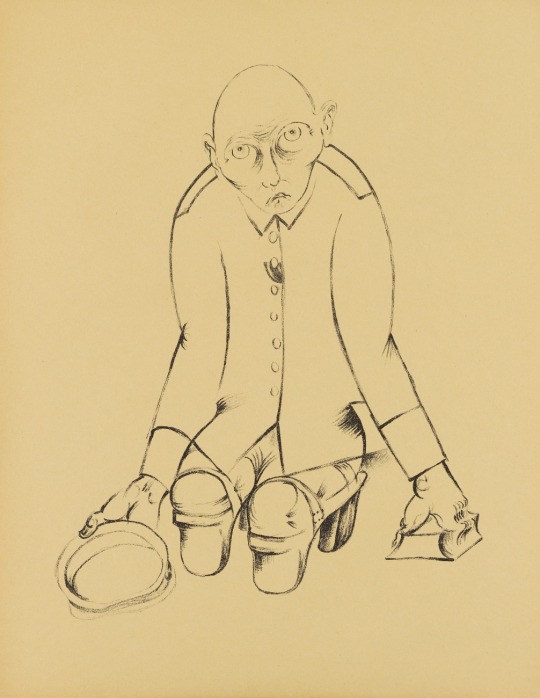
Heinrich Hoerle Krüppel (Die Krüppelmappe) 1920 Series of 12 lithographs. Each on firm brownish paper 58.9 x 45.8 cm. - Together with title sheet loosely laid in original half-linen portfolio 64.4 x 49.5 cm with collage of the title motif "Krüppel" (Backes 16) as a linoleum cut on Japan paper 16.8 x 12.2 (23 x 17.3 cm) Unsigned. The title sheet with index and colophon numbered in pencil. Copy 92/100. - Rare. Published by the artist "Heinrich Hoerle, Cöln-Lindenthal", Cologne 1920. - The sheets with minimal traces of age. The thinner title sheet (simili Japan) with a minor defect in the upper margin and backed with paper strips verso. The portfolio slightly wavy with pressure marks. Following the brochure for the 1920 edition of “Krüppel“, published by the artist, it seems a total edition of 300 copies with hand-signed lithographs was planned, 50 of which were printed on Japan laid paper with an original colour drawing as the title page. However, there are unsigned series on simpler, heavier types of paper, featuring an edition numeration of 100 in the colophon. The "Krüppelmappe" is one of the artist's early expressionist masterpieces. Probably designed at the end of 1919, it is not only a critical contemporary commentary on the social misery of those disabled in the war - in the "Sozialistischen Republik" of 30.01.1920, Franz Wilhelm Seiwert published a contribution to the first exhibition of the portfolio in Cologne under the title "Krupp-Krüppel" - it also sensitively reflects the deeply human and emotional aspects of physical mutilation in the artistic sequence of the various pictures. Otto Dix continued the theme in the large-format painting "Die Kriegskrüppel", among others, from the same year, formerly in the Stadtmuseum Dresden, confiscated in 1937 and lost since then (cf. Löffler 1920/8 with illus., cf. also the etching of the same name Karsch 6). Catalogue Raisonné Backes Druckgraphik 16, 17 Certificate We would like to thank Dirk Backes, Aachen, for kind scientific advice. Provenance Private possession, Rhineland Literature Die Aktion. Wochenschrift für Politik, Literatur und Kunst, Berlin 1920, 10th year, with illus.; a bis z, organ der gruppe progressiver künstler, Cologne, Dec. 1931, issue no. 20 with illus.; Walter Vitt, Heinrich Hoerle und Franz Wilhelm Seiwert. Die Progressiven, Cologne 1975, p. 19 with illus.; U. Bohnen, Das Gesetz der Welt ist die Änderung der Welt. Die rheinische Gruppe progressiver Künstler (1918-1933), Berlin 1976, no. 8 with illus. p. 27 Exhibitions Cologne January 1920 (Lichthof des Kunstgewerbemuseums); Moscow 1924 (Erste allgemeine Deutsche Kunstausstellung); Frechen 1970/1971 (Kunstverein Frechen e.V.), Hoerle und sein Kreis, cat. no. 154 with illus.; Cologne 1975 (Kölnischer Kunstverein), Vom Dadamax zum Grüngürtel - Köln in den 20er Jahren, n. cat. no., with illus. p. 100/101; Berlin 1975 (Akademie der Künste Berlin/ Neue Gesellschaft für Bildende Kunst), Politische Konstruktivisten. Die "Gruppe progressiver Künstler" Köln 1919-1933, with illus.; Cologne 1980 (Kölnischer Kunstverein), Max Ernst in Köln. Die rheinische Kunstszene bis 1922, cat. no. 165 with illus. https://www.lempertz.com/en/catalogues/lot/1110-1/436-heinrich-hoerle.html
5 notes
·
View notes
Photo





1820s dresses (from top to bottom) -
1822 Hannah More (holding her spectacles in a case) by Henry William Pickersgill (National Portrait Gallery - London, UK). From georgianera.wordpress.com/2014/11/06/what-a-spectacle/; enlarged by half 897X1200 @72 232kj.
1822 Klementyna, Countess Ostrowska, née Sanguszko by Vincenzo Camuccini (Kunstgewerbemuseum - Berlin, Germany) painted in Italy. From Wikimedia 2896X4229 @349 2.7Mj.
ca. 1825 Mary Margaret Stanley, later Mary Margaret Egerton, Countess of Wilton by Sir Thomas Lawrence (location ?). From tumblr.com/catherinedefrance 1280X1641 @72 510kj.
1823-1824 Young Lady by ? (Hermitage). From tumblr.com/history-of-fashion/698439357721444352/1823-1824-anonymous-artist-portrait-of-a-young 1311X1747 @72 540kj.
1829 Three ladies of the Moscon family by Giuseppe Tominz (Narodna galerija/National Gallery of Slovenia - Ljubljana, Slovenia). From wikiart.org/en/giuseppe-tominz/three-ladies-of-the-moscon-family-1829 3196X2182 @144 2.1Mj.
#1820s fashion#French restoration fashion#British regency fashion#Hannah More#Henry William Pickersgill#bonnet#fraise#over-dress#V neckline#turban#Klementyna - Countess Ostrowska#Vincenzo Camuccini#pleated bertha#long sleeves#close skirt#Mary Margaret Stanley#Thomas Lawrence#long full sleeves#bun#ferroniere#bateau neckline#belt#maxi-length hem#shoes#Moscon family#Giuseppe Tominz#lace bertha#gigot sleeves#natural waistline#lace bonnet
16 notes
·
View notes
Photo

Silk fabric with fans, Kyoto, Japan, 1896, colored silk, metal threads, gilded, 112 x 69 cm, Kunstgewerbemuseum, Berlin.
“The fabric was created as a sample in the workshops of Kawashima Jinbei, one of the leading Japanese silk manufacturers to this day. In 1886 Kawashima Jinbei II (1853-1910) visited Berlin, together with Count Yajiro Shinagawa (1843-1890), who was accredited as Imperial Envoy in Berlin from March to December 1886. On this occasion, the Count presented the fabric sample to the Prussian Crown Prince Friedrich Wilhelm (1831-1888, reigned 1888), who presented it to the Kunstgewerbemuseum in 1887.”
4 notes
·
View notes